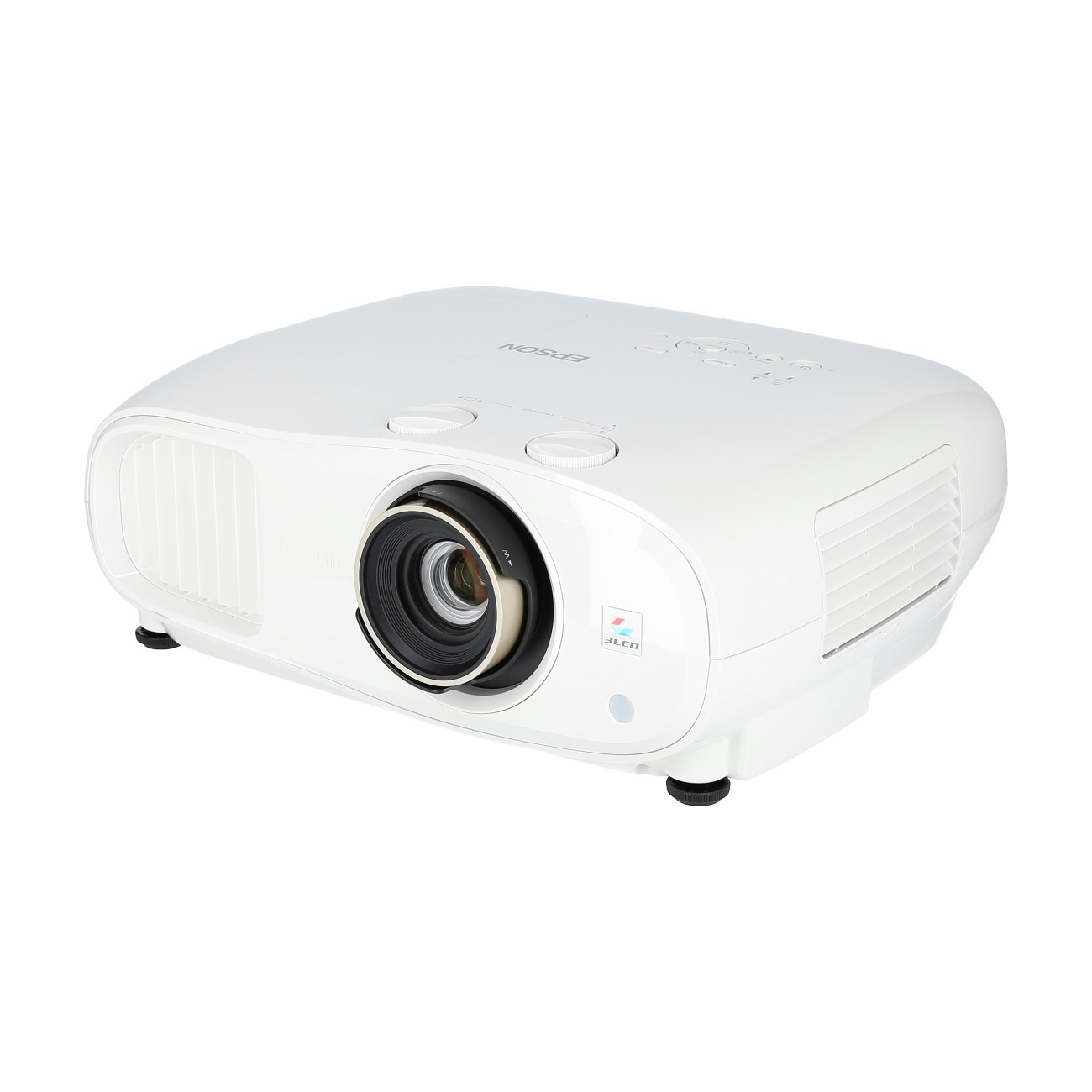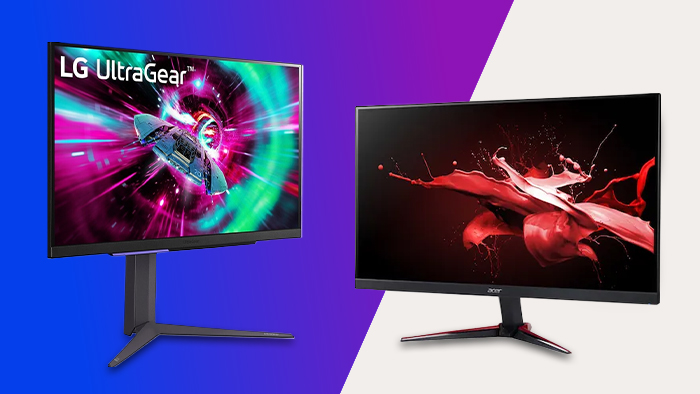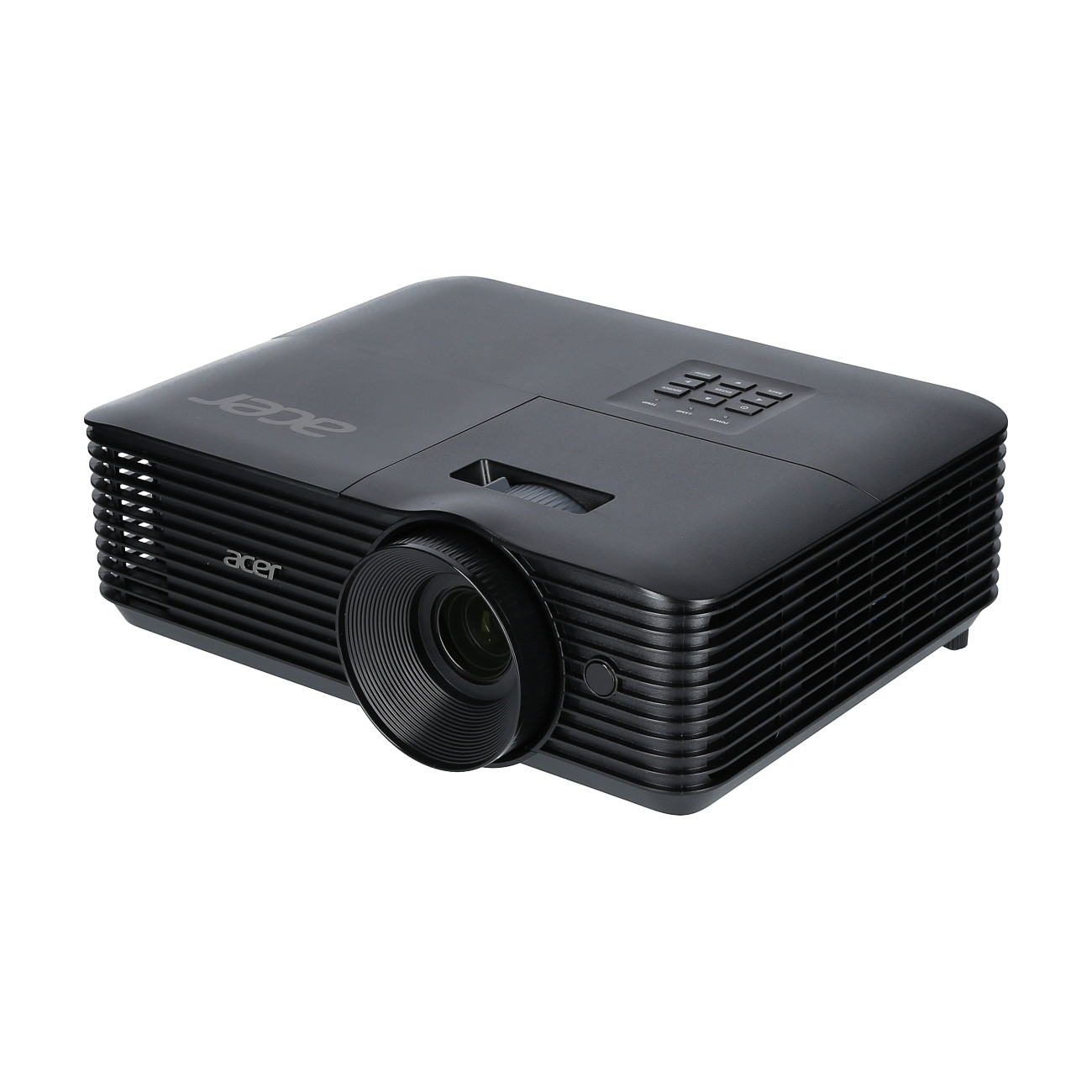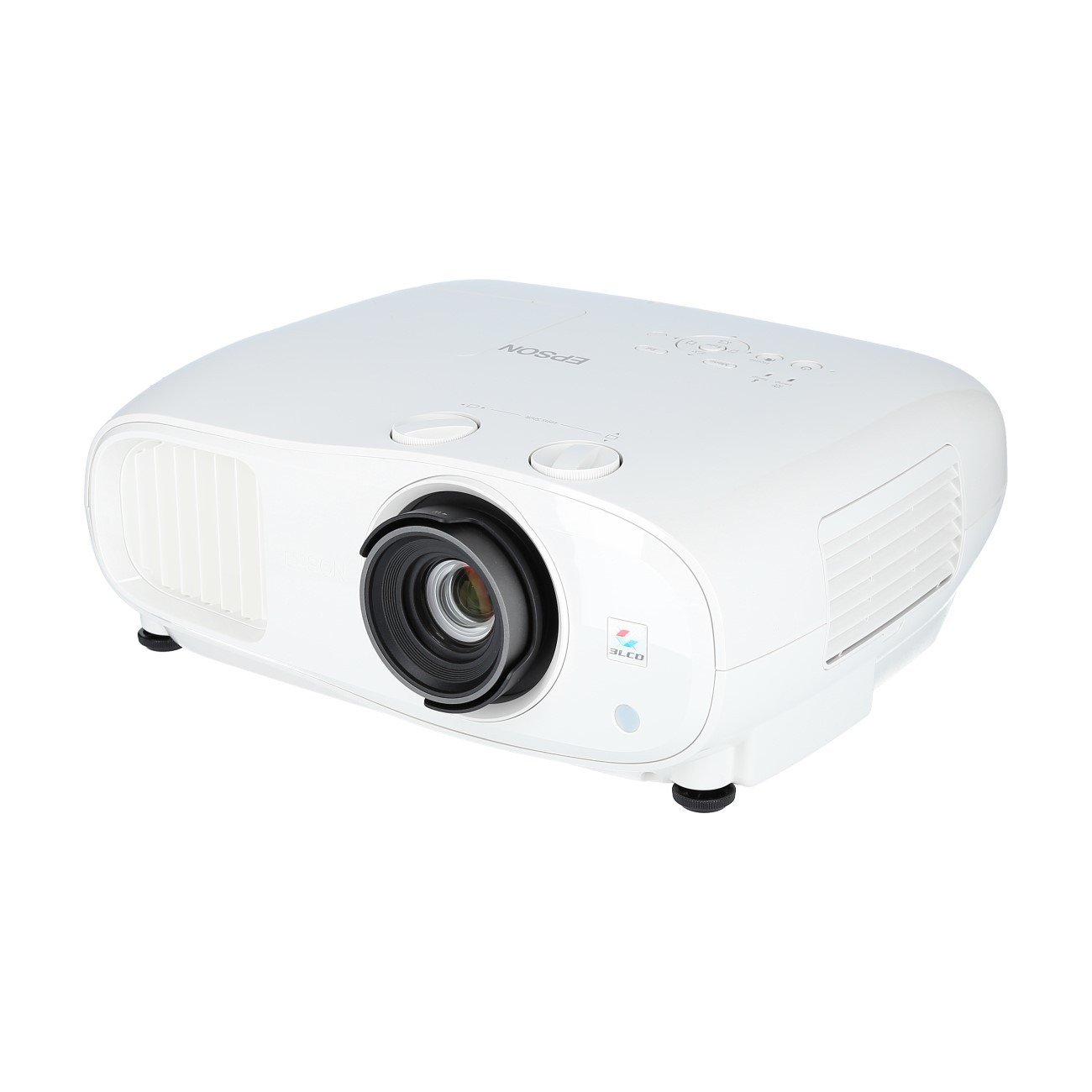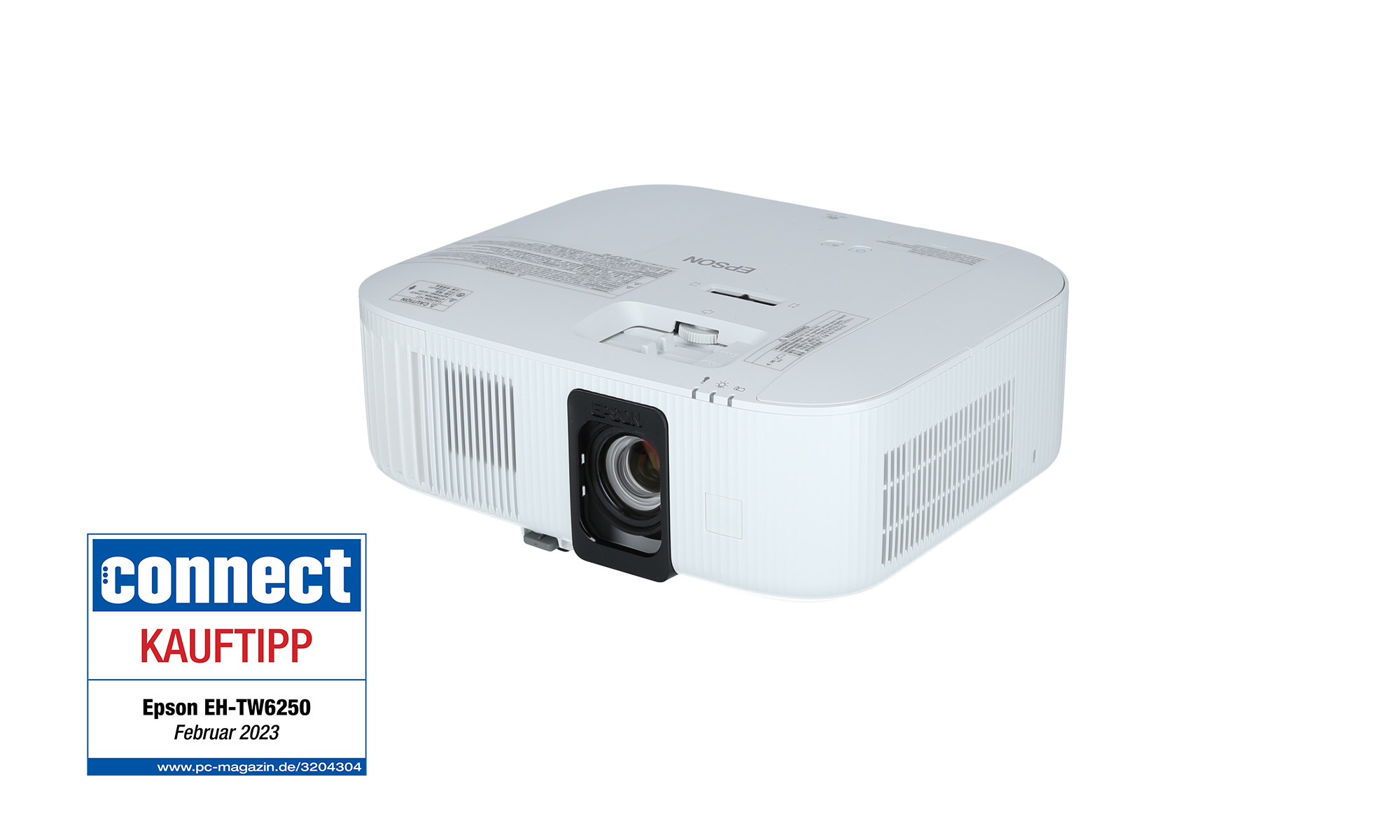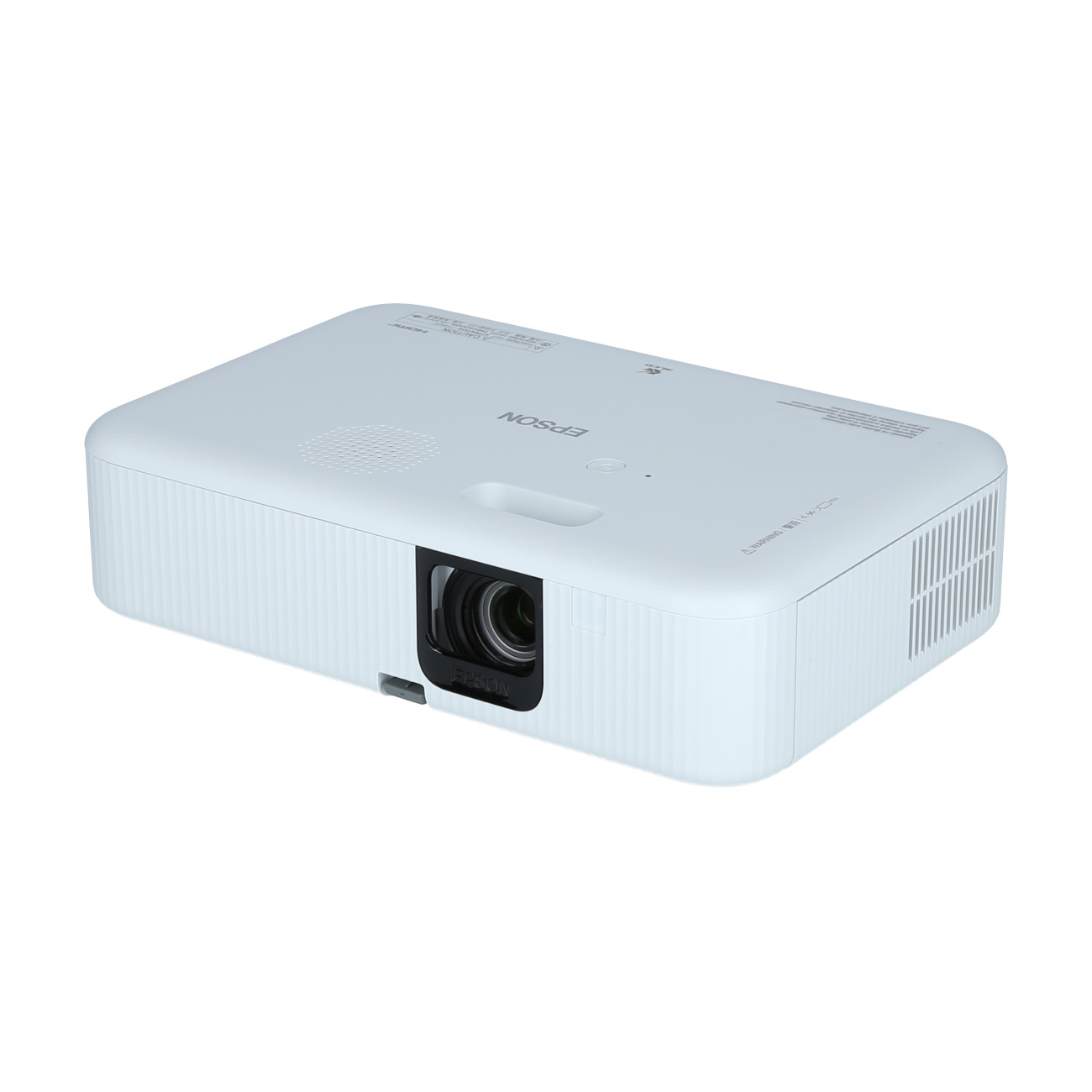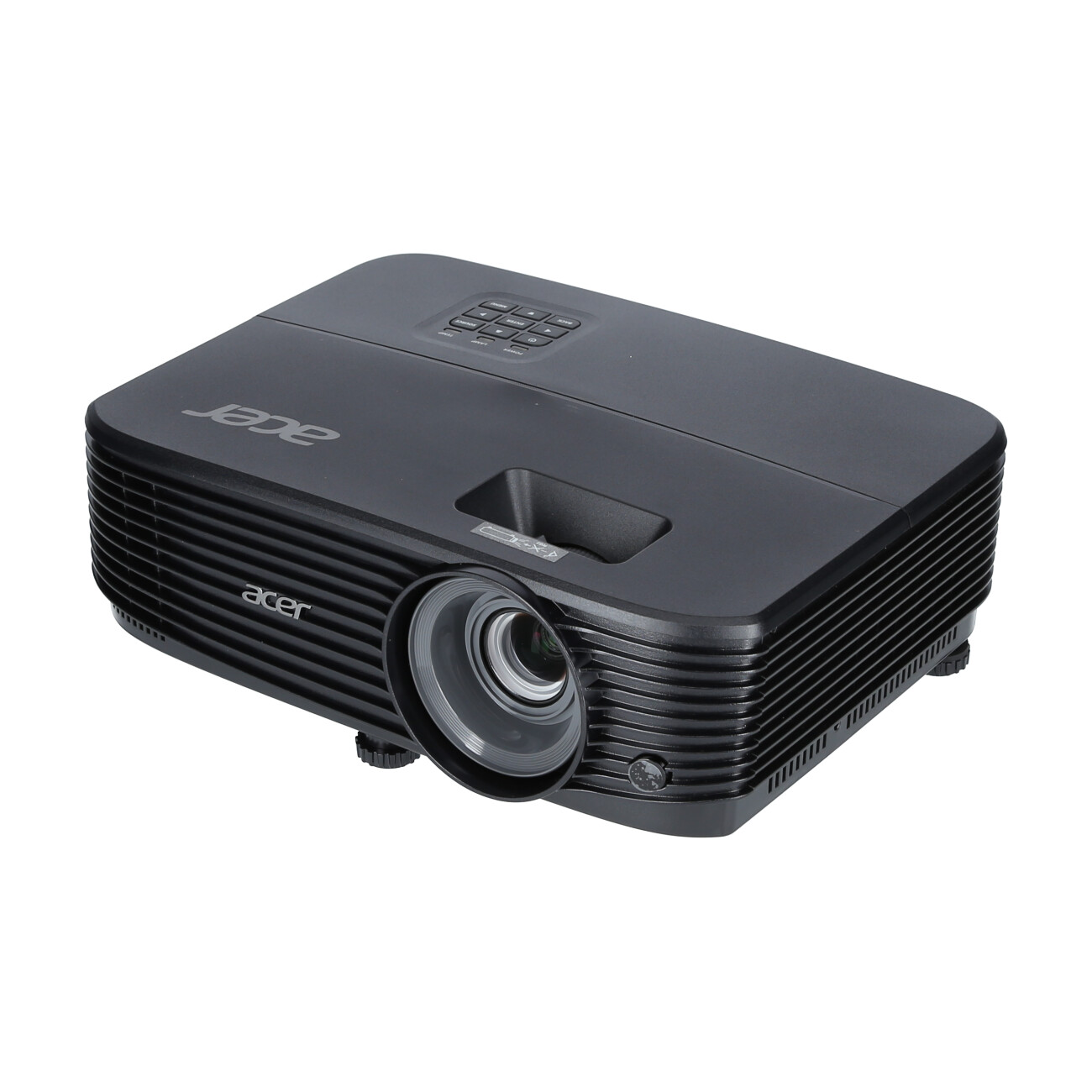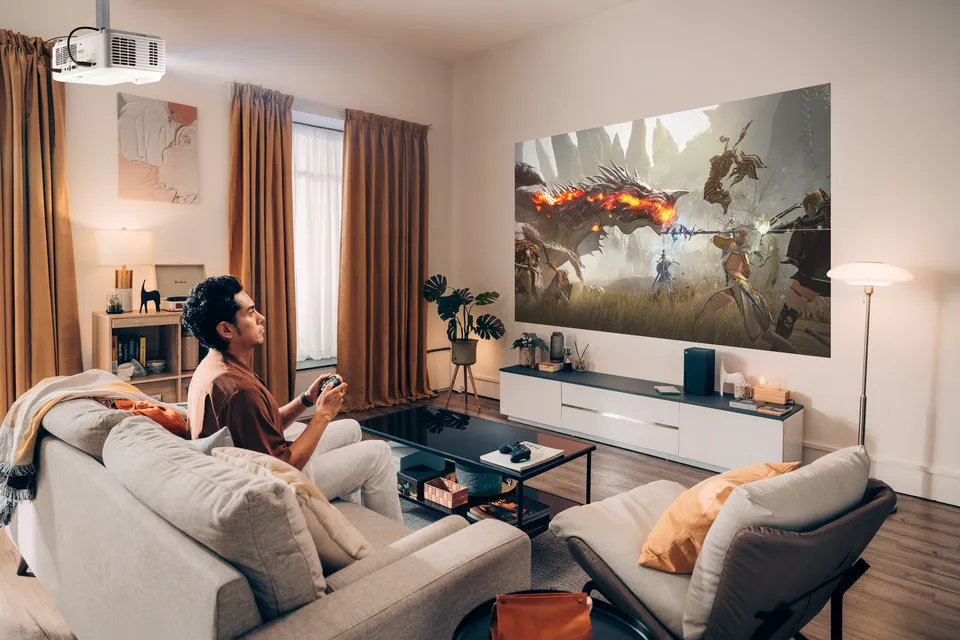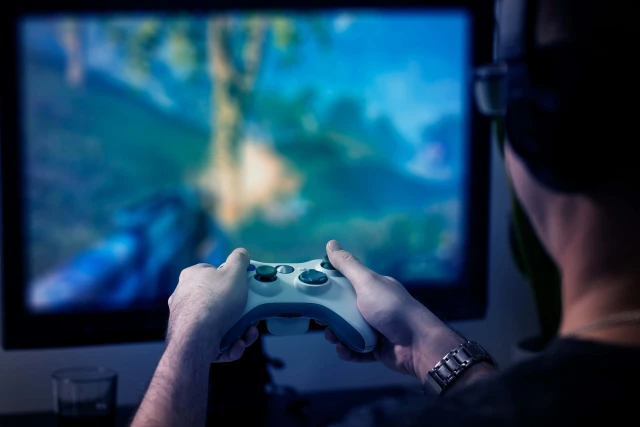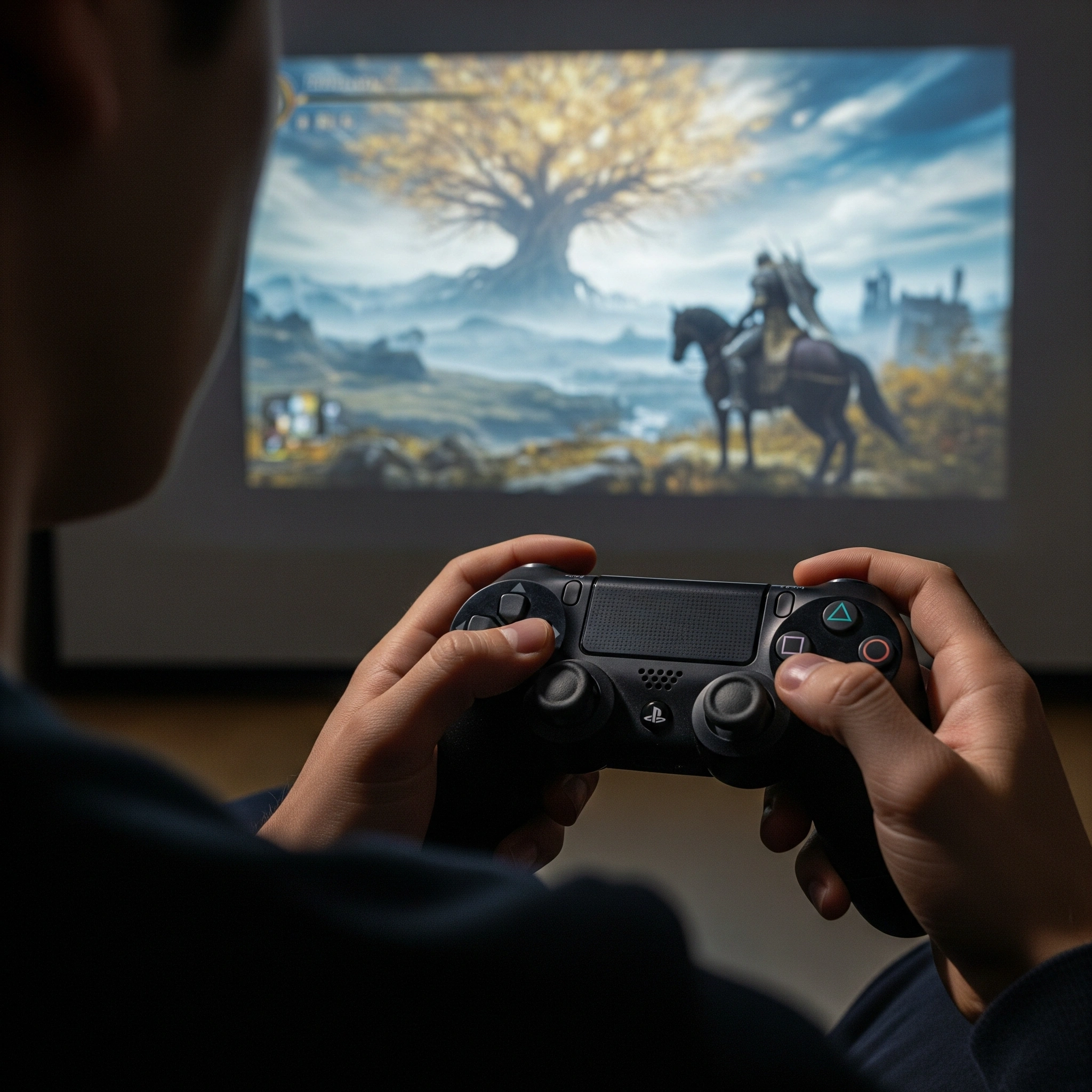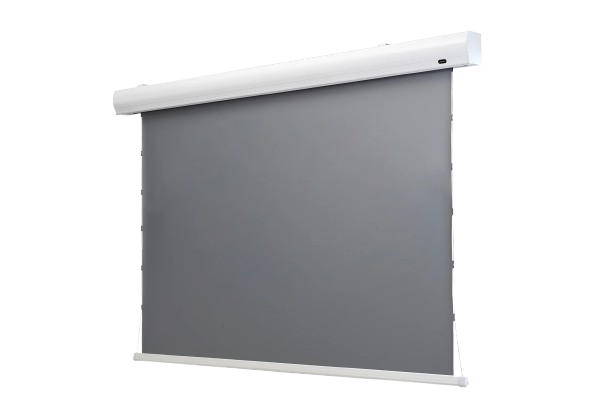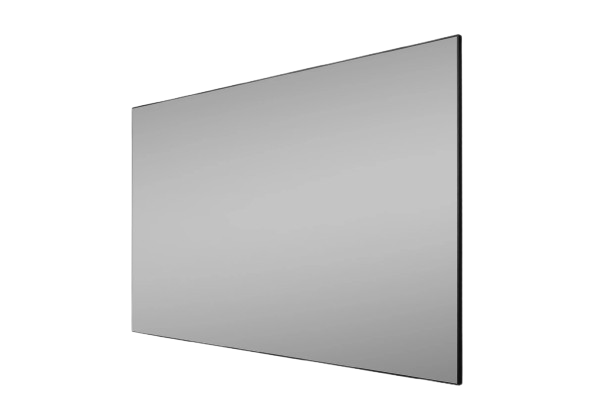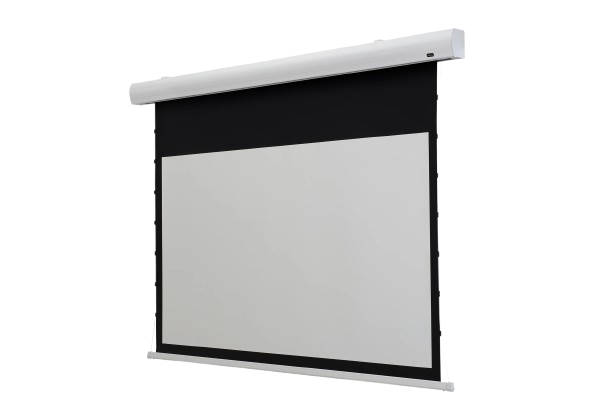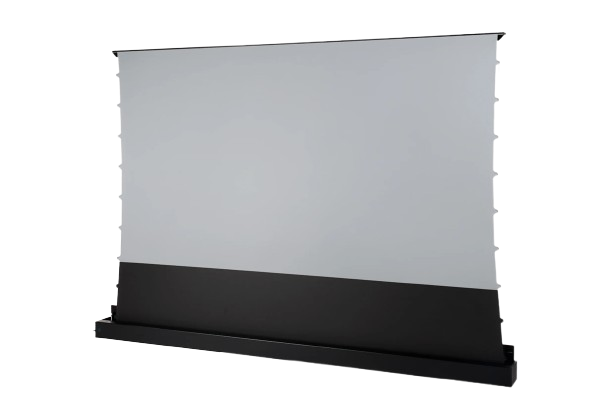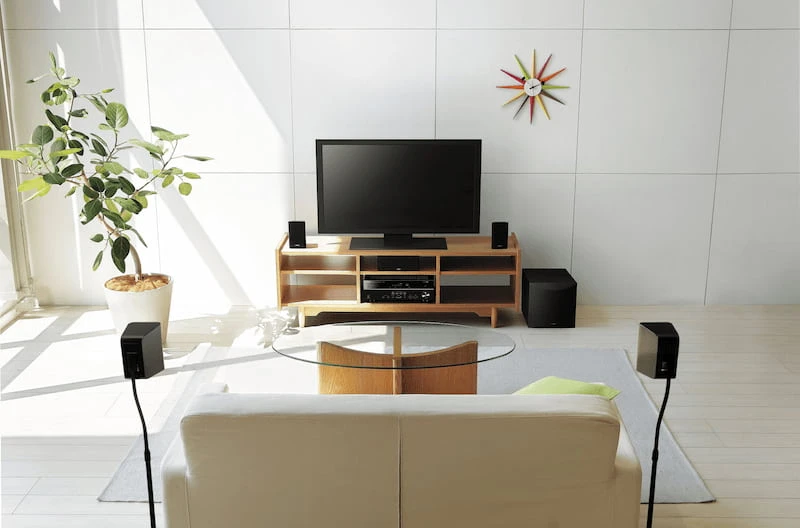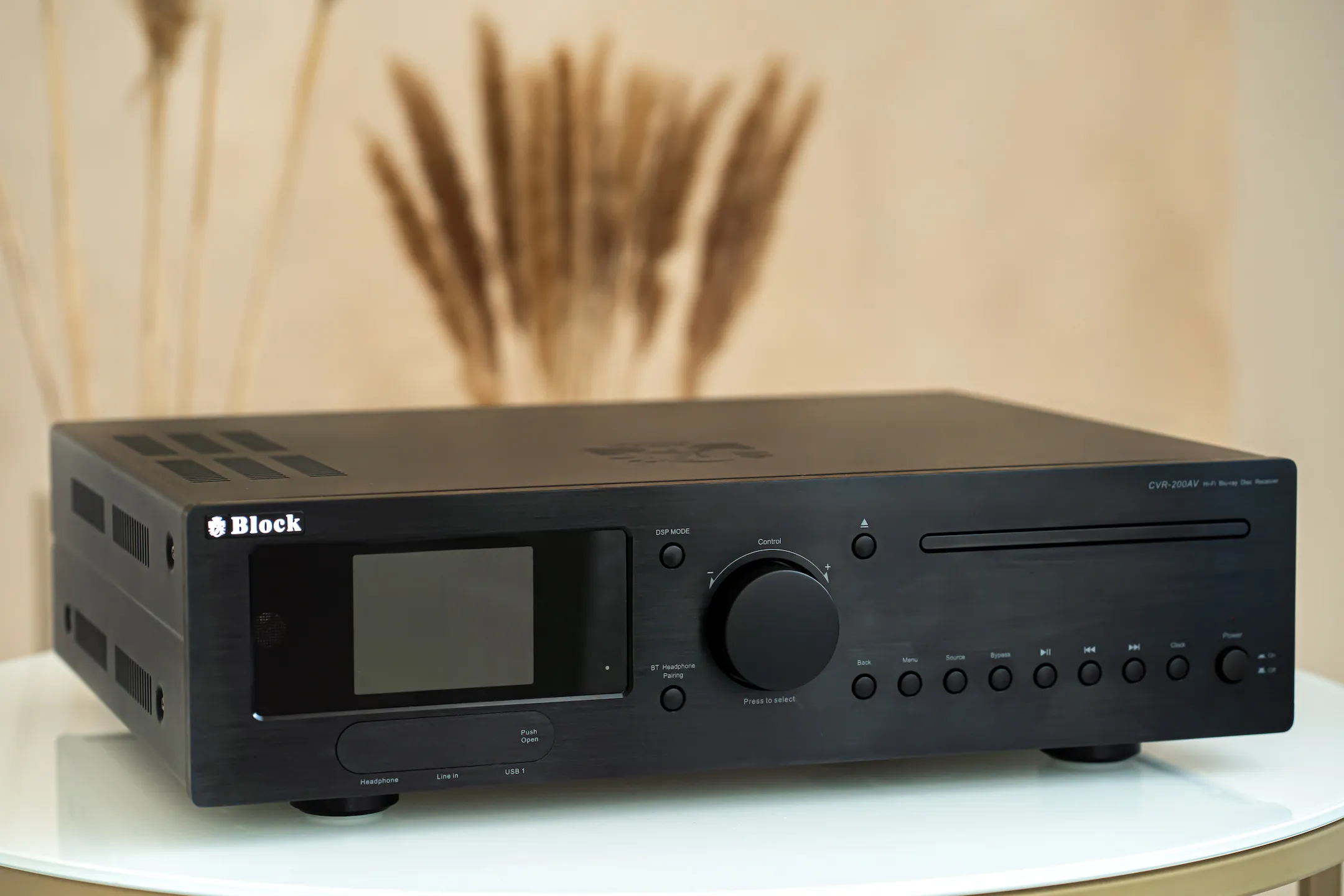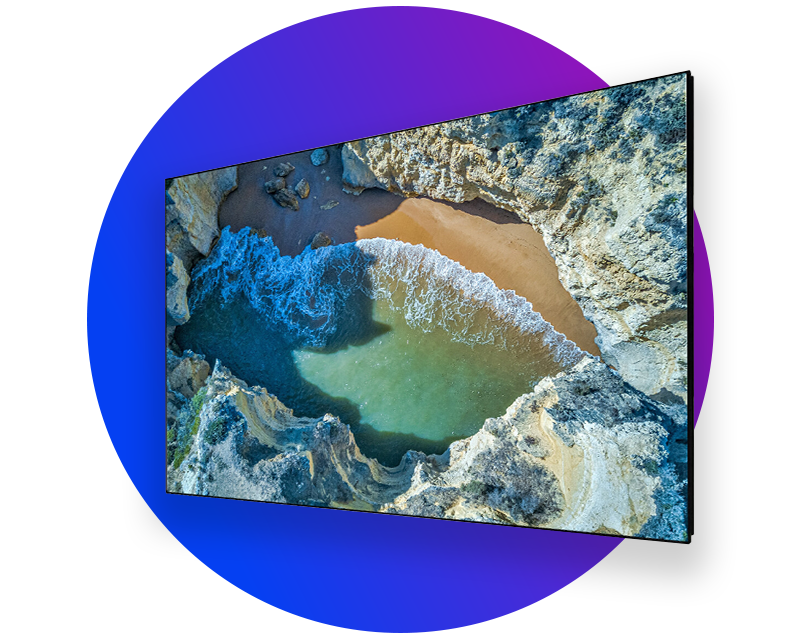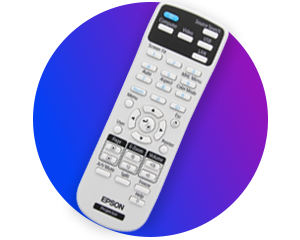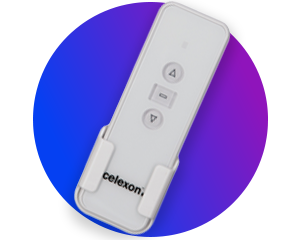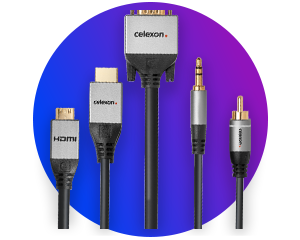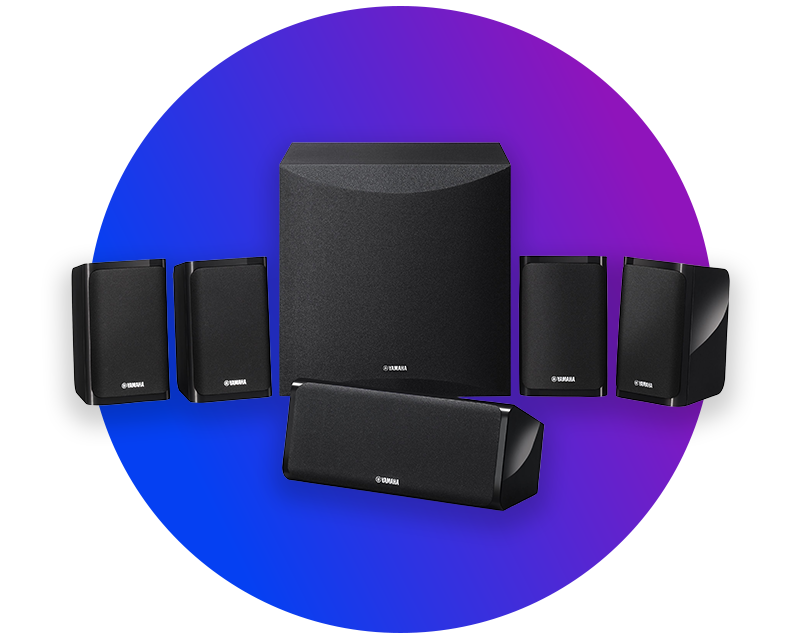Content
A 4K projector offers a significantly higher resolution (3840 x 2160 pixels) than a full HD projector (1920 x 1080 pixels), which results in a much sharper and more detailed display, especially with large screen diagonals. For gaming, this means a more intense visual experience with clearer textures and finer details. However, 4K projectors usually require more powerful hardware to display games smoothly in native 4K resolution and they often have a higher input lag than Full HD models. If you value responsiveness and performance, for example in competitive games, you may be better off with a high-quality Full HD projector - while 4K projectors are ideal for graphics-intensive single-player titles and cinematic experiences
Whether a projector or a TV is better suited for gaming depends heavily on the individual area of use and personal priorities. Both types of device offer specific advantages and disadvantages:
Projectors: Ideal for a large, cinema-like image and an immersive gaming experience - especially for story games or multiplayers. Our gaming projectors offer up to 240 Hz and very low input lag - so they are also ideal for fast-paced gaming.
TVs: Offer brilliant picture quality, high brightness and are particularly suitable for everyday use. However, the picture size is limited and large models are significantly more expensive.
When gaming with a projector, the image size should match the seat distance and room size. As a guideline, the screen diagonal should correspond to around one third to one half of the seat distance. At a distance of 3 metres, 100 to 120 inches is ideal. It is important that the image is large enough for an immersive experience, but not so oversized that details are lost or the field of vision is overwhelmed. The resolution of the projector also plays a role - a slightly smaller screen is recommended for Full HD than for 4K in order to optimise the sharpness of the image. For a more precise calculation, it is worth taking a look at our projection area calculator.
Yes, this is possible in principle - however, the image quality depends heavily on the ambient light. Just like a television that is directly exposed to sunlight, the image of a projector suffers significantly when exposed to direct light. The projected image then quickly appears washed out or milky. To counteract this, ALR (Ambient Light Rejecting) or CLR (Ceiling Light Rejecting) projection screens, for example, can help. These are specially developed to specifically reject disturbing ambient light / ceiling light and noticeably improve contrast and colour reproduction - even in daylight. Nevertheless, the more controlled the lighting conditions, the better the result.



